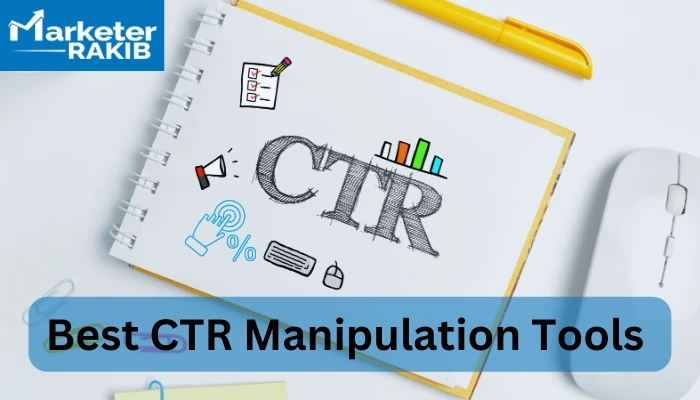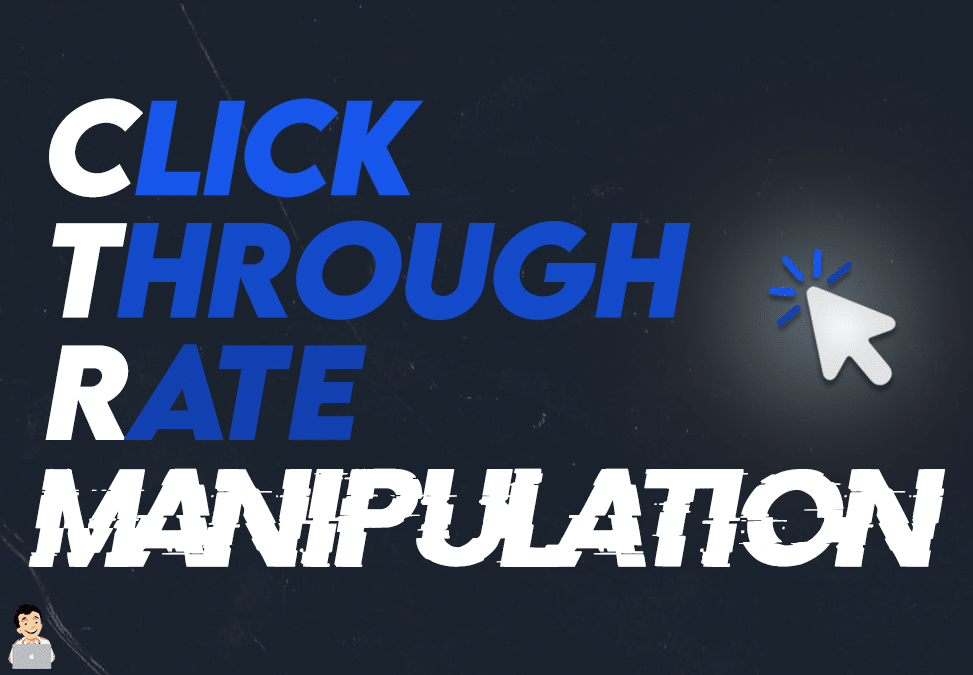Optimizing Organic Click-Through Fees With CTR Adjustment
The optimization of organic click-through prices (CTR) is a nuanced endeavor that hinges on recognizing both user psychology and effective material discussion. By leveraging tactical adjustment methods, such as strongly crafted headlines and aesthetically engaging components, marketers can significantly improve individual involvement. The landscape is rife with misconceptions and oversimplifications about what absolutely drives CTR. As we discover the ins and outs of these strategies, it becomes vital to determine the underlying concepts that can result in sustained success in capturing audience attention. What genuinely sets apart the effective from the ineffective in this important aspect of digital advertising?
Comprehending Click-Through Rates
Recognizing click-through rates (CTR) is necessary for assessing the effectiveness of online advertising strategies. CTR measures the percent of users who click on a specific link or advertisement compared to the complete variety of customers that watch it. A higher CTR indicates that the content is engaging and relevant to the target market, while a lower CTR might signal a requirement for optimization.
To compute CTR, split the number of clicks by the number of impressions and multiply by 100. If an advertisement obtains 300 clicks out of 10,000 perceptions, the CTR would be 3%. This metric is critical for examining different aspects of electronic marketing, consisting of search engine optimization (SEO), email projects, and social networks advertising and marketing.
In addition, analyzing CTR aids marketing experts identify which methods generate the ideal results and which need improvement. By concentrating on boosting CTR, businesses can boost their material's exposure and efficiency, leading to enhanced web traffic and potential conversions. Understanding the nuances of CTR is fundamental for any type of marketing professional aiming to enhance their on the internet visibility and take full advantage of roi (ROI)
.svg)
The Psychology of Customer Habits
User actions is significantly influenced by mental elements that dictate exactly how individuals connect with online content. Understanding these factors is necessary for optimizing click-through rates (CTR) in organic search results page. Cognitive biases, such as the anchoring effect, play a crucial role fit customers' understandings. When users come across info, their initial impressions can heavily influence their subsequent judgments concerning relevance and credibility.
Psychological reactions additionally dramatically influence user behavior. Content that reverberates mentally can trigger a feeling of urgency or inquisitiveness, prompting users to click. Additionally, social evidence-- such as user testimonials or ratings-- can boost count on and urge involvement, as individuals usually look to the behaviors of others to notify their very own decisions.
In addition, the concept of deficiency can drive clicks - CTR Manipulation. Limited-time offers or special content develop a concern of missing out (FOMO), engaging users to act swiftly. Comprehending these psychological vehicle drivers enables marketers to create more engaging web content that reverberates with their target market
Effective CTR Control Strategies
Leveraging mental insights can considerably boost click-through rates (CTR) via targeted adjustment techniques. One of the most efficient techniques is the use of compelling headings that evoke curiosity or seriousness. Phrasing titles as inquiries or integrating numbers can bring in even more focus, motivating users to click.
Another technique includes enhancing meta summaries to create a feeling of relevance and immediacy. By clearly detailing the benefits or options given in the web content, you can involve possible viewers and convince them to click. Additionally, utilizing power words-- such as "unique," "proven," or "totally free"-- can boost the charm of your material.
Visual elements additionally play a critical function. Incorporating eye-catching images or thumbnails can draw individuals in and enhance CTR. A/B testing different visuals can help determine which photos resonate ideal with your target market.
Lastly, making certain that your material guarantees deliverable value causes higher CTR. When customers perceive that clicking will offer them with meaningful understandings or solutions, they are more probable to engage. By using these techniques attentively, marketing experts can successfully control CTR to their benefit while preserving moral standards.
Common Myths Concerning CTR
A number of misconceptions border click-through rates (CTR) that can lead marketing professionals to make illinformed choices. One prevalent myth is that a higher CTR always converts to much better efficiency. While a high CTR suggests that even more customers are clicking, it does not ensure sales or conversions. Inevitably, the performance of website traffic relies on the top quality of the landing page and the relevance of the web content.
An additional usual idea is that CTR is a separated metric. Actually, CTR must be reviewed in combination with other performance indications, such as bounce price and conversion rate, to find out gain an alternative sight of project success.
Additionally, some marketing experts presume that maximizing for CTR alone is adequate. Concentrating solely on CTR can lead to clickbait techniques that may draw in clicks however stop working to engage individuals meaningfully. CTR Manipulation Service. This approach can hurt brand online reputation and result in reduced retention prices
Finally, there is a concept that CTR methods are widely efficient. The reality is that optimum CTR methods can differ substantially across sectors and target market, requiring customized approaches for various market sectors. Comprehending these myths is important for establishing effective CTR techniques that align with overarching advertising goals.
Measuring CTR Success
Although high click-through prices (CTR) can indicate successful involvement with web content, measuring their real success calls for a comprehensive analysis of a number of factors. Initially, it is important to comprehend the context in which the CTR is attained. For circumstances, a high CTR on a misleading title may not equate to significant engagement or conversions, ultimately showing poorly on the brand's reputation.
Second, evaluating the source of website traffic is critical. Organic web traffic from internet search engine can symbolize a durable web content approach, while clicks from unnecessary sources might show an absence of targeting. Furthermore, determining the subsequent user habits is essential; evaluating metrics such as bounce price, time spent on web page, and conversion prices can offer deeper understandings into the quality of the engagement started by the CTR.

Verdict

The optimization of natural click-through rates (CTR) is a nuanced endeavor that pivots on comprehending both customer psychology and effective web content discussion. CTR measures the portion of users that click on a specific link or advertisement contrasted to the complete number of users that watch it. A higher CTR indicates that the material is involving and appropriate to the target audience, while a lower CTR might signify a requirement for optimization.
Focusing exclusively on CTR can lead to clickbait strategies that might attract clicks however fail to engage users meaningfully. Additionally, measuring the subsequent user behavior is crucial; examining metrics such as bounce rate, time spent on web page, and conversion rates can give much deeper insights into the top quality of the involvement started by the CTR.